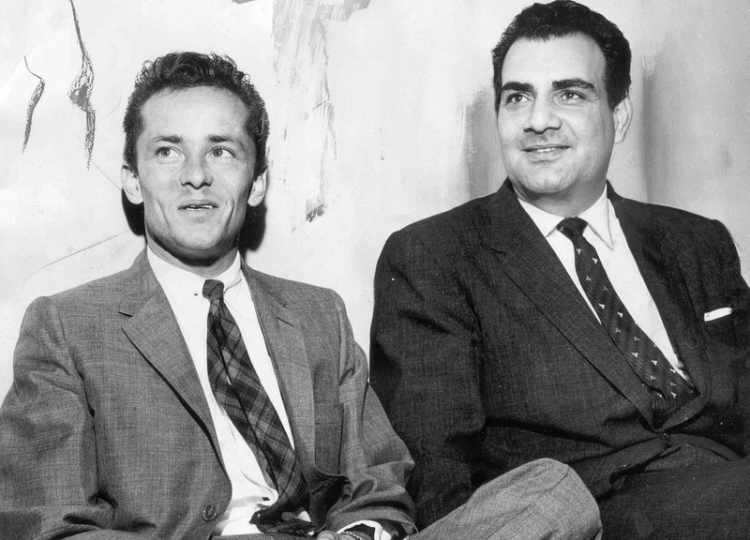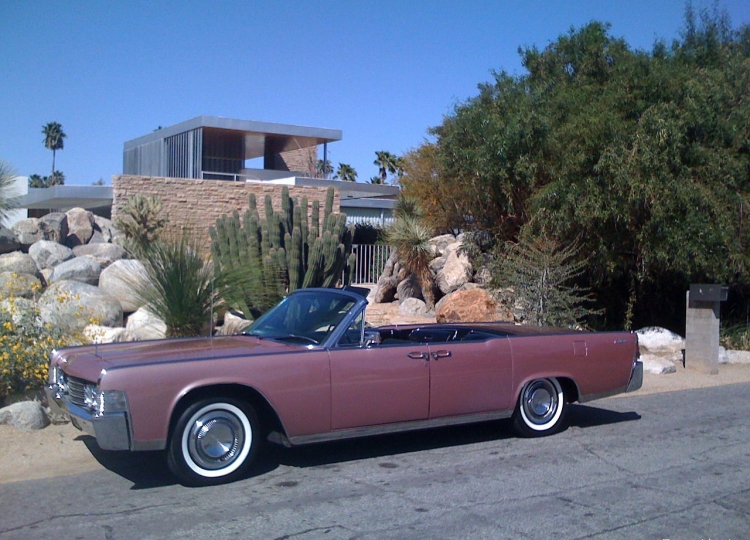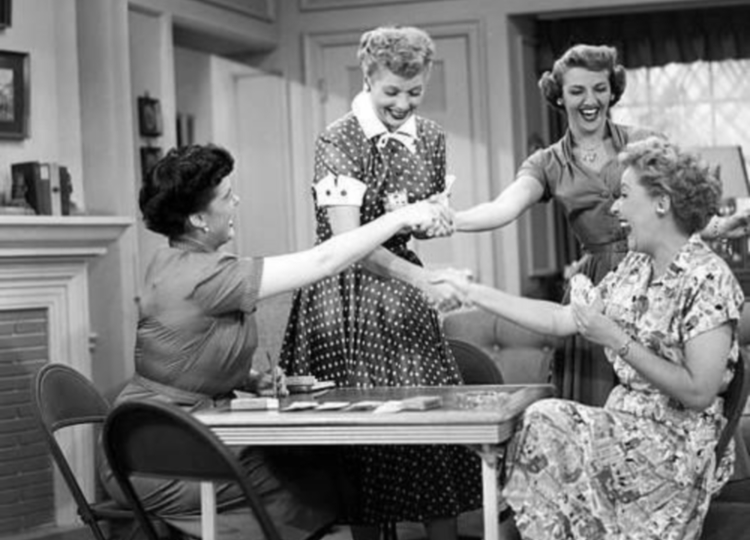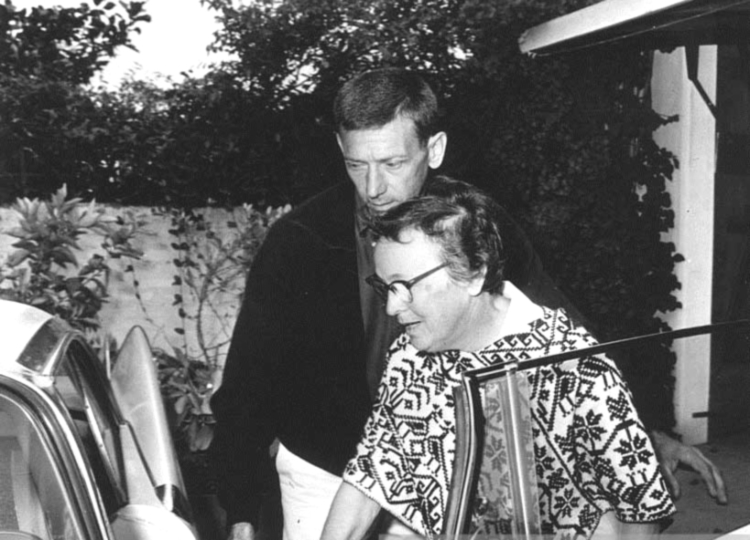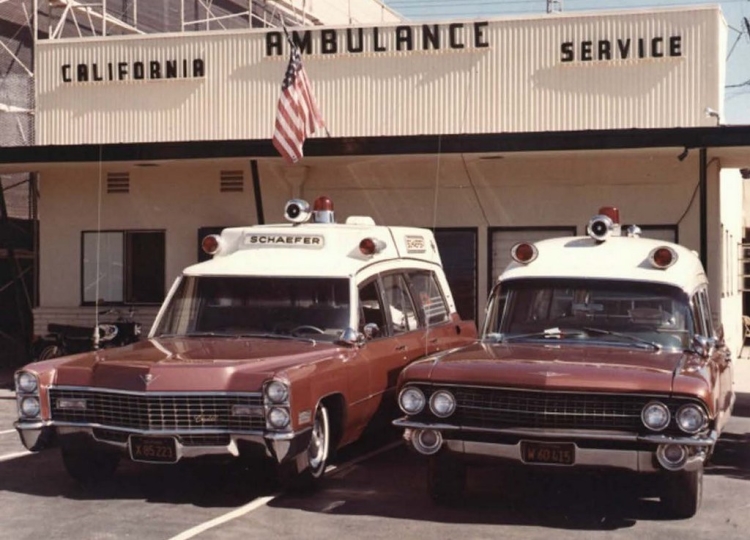The Margolis–Buskin Orthodoxy
In their 2014 entry into the Marilyn Monroe murder cycloramic sweepstakes, investigative journalists Jay Margolis and Richard Buskin presented a Kafkaesque and confusing, but nonetheless gruesome account of Marilyn’s last day and murder. Their orthodoxy, they proclaimed, closed coroner’s case no. 81128. An almost identical murder orthodoxy had already been presented by Donald Wolfe in 1998 and, with variations, even earlier in 1989 by C. David Heymann in his Jacqueline Kennedy biography, A Woman Named Jackie.
According to Margolis and Buskin, Robert Kennedy and his brother-in-Lawford, Peter, arrived at Marilyn’s house around 2:00 PM Saturday afternoon on August the 4th. Robert Kennedy ordered Eunice Murray and Norman Jefferies, Eunice’s son-in-law, to vacate the premises. After Peter gave them money for Coca Colas, the unwelcome duo departed in Jefferies’ pick-up truck to places unrevealed. Due to the already tense situation between an anxious Marilyn and the middle Kennedy brothers, a vociferous argument ensued, evidently in Marilyn’s kitchen. She became enraged and violent, grabbed a nearby kitchen knife and lunged at Robert Kennedy; but Peter and the attorney general knocked Marilyn to the floor, subdued and disarmed her. Peter then summoned Dr. Greenson by telephone.
Before the psychiatrist arrived at Fifth Helena, Robert Kennedy left the house briefly only to return with one of his trusted body guards, a member of LAPD’s Gangster Squad, who injected Marilyn in the armpit with pentobarbital. After that shot took effect and calmed Marilyn, the highly agitated attorney general demanded that she relinquish her Little Red Diary. She refused to surrender it; she refused to reveal where her diary could be found.
Incensed even more by Marilyn’s defiant recalcitrance, an angry shouting invective screaming door slamming attorney general virtually ransacked Marilyn’s small hacienda searching for her Little Red Diary, while in Marilyn’s bedroom, Peter attempted to sooth Robert’s distraught, rejected lover. Finally, the men departed without that all-important diary. However, Margolis and Buskin asserted, an incredibly distraught Marilyn, after her visitor’s left, added an important entry in her well-hidden diary. According to the authors, she wrote: Bobby was really mad. Acted crazy and searched all my stuff. Told him it’s mine. I’ll never let him have it (Margolis/Buskin KE:1).
Dr. Greenson appeared at approximately 3:00 PM. He must have entered by the front door and walked through the house. He emerged from the rear of the house onto Marilyn’s pool deck where Pat Newcomb, whose perplexing presence will reappear in the following digression, rested in the warm afternoon sun. Dr. Greenson informed Pat that she had to leave: he wanted to be alone with Marilyn. We can only assume what transpired between Marilyn and her psychiatrist after Pat Newcomb departed because the authors did not reveal that information. At this point in the spidery yarn woven by these conspiracist authors, the good doctor is but a dangling plot thread. His status will soon change.
Pardon me while I momentarily digress here and comment on the presence of Pat Newcomb as reported by Margolis and Buskin. It has long been advanced and accepted as fact that Marilyn Monroe and Patricia Newcomb were extremely close friends; and several of Marilyn’s biographers have even asserted that Marilyn considered Pat to be her best friend and vice versa. According to Susan Strasberg, the two women were essentially sisters; and Marilyn humorously referred to Pat as Sybil, a reference to their sibling rivalry.
Pat often stayed overnight with Marilyn; the women often dined out together, attended functions together and traveled together: Pat traveled with Marilyn to Mexico City in mid-February of 1962. Many photographers snapped many photographs of Marilyn and Pat, not only in Mexico City, but also at many various functions and events, including Marilyn’s famous appearance at Madison Square Garden later that same year on the 19th of May. In short, the two friends were almost inseparable; and Pat’s protective demeanor regarding Marilyn has even been christened maternal.
Therefore, and for obvious reasons, I find it difficult to believe and accept that Pat assumed an attitude of nonchalant disinterest when the vociferous argument between Marilyn and Bobby Kennedy allegedly erupted during the afternoon of August the 4th and that Pat did not react at all, become interested or involved, when the attorney general and Peter Lawford essentially assaulted her best friend, going so far as to knock Marilyn to the floor, and then an LAPD Gangster Squader arrived with a hypodermic and injected Marilyn in the armpit. And yet, remarkably, that is exactly what Margolis and Buskin expect me, expect us, to believe.
In a recounting of testimony received from Norman Jefferies, Margolis and Buskin reported that sometime between 9:30 PM and 9:45 PM, Bobby Kennedy returned to Fifth Helena and entered the house, accompanied by two men, one of which carried a small black medical bag like physicians carried in the sixties when doctors still made house calls. Mrs. Murray and Jefferies were watching television. Robert Kennedy ordered them to vacate the premises again. Without questioning why they had been ordered to leave yet again, mother-in-law and son-in-law went next door; and according to Margolis and Buskin, the duo visited the home of Mary W. Goody-koontz Barnes who then resided at 12304 Fifth Helena.
After Eunice and Jefferies left Marilyn’s house and relocated next door, Kennedy and pals, identified by the authors as Gangster Squaders Archie Case and James Ahern, relocated into Marilyn’s quest cottage, where they proceeded to forcibly open her filing cabinets, rifle through them and then began searching once again for Marilyn’s Red Book of Secrets. In her bedroom, occupied with a telephone call, allegedly from Jose Bolanos, loud noises from the guest cottage startled Marilyn, so she went to investigate.
She entered her guest cottage, only to be confronted by the three intruders. Visibly angry, Marilyn began to shout and ordered them to leave. Once again, a fierce argument ensued between her and Robert Kennedy, during which the three intruders forced Marilyn onto a nearby bed where the attorney general covered her face with a pillow to muffle her shouts. He then ordered his compatriots to inject Marilyn again with drugs; and they did so, behind her knees and in the jugular vein.
Apparently the additional injections were not powerful enough to immobilize the infuriated Marilyn, so Case and Ahern held her down, stripped off her clothes and procured an enema bag from a nearby bathroom. They filled the bag with water and then emptied the contents of both Nembutal and Chloral hydrate capsules into the water. Finally, this solution, when absorbed by Marilyn’s body, rendered her virtually unconscious. Even so, according to Margolis and Buskin, Marilyn was able to telephone Ralph Roberts between 10:00 and 10:30 PM. She spoke, her speech slurred, to his answering service. Bobby Kennedy and his compatriots once again proceeded to search for Marilyn’s Little Red Diary; but after a brief and ineffective search, they departed empty handed, leaving Marilyn unconscious with the telephone receiver still in her hand.
The sudden barking of Marilyn’s dog aroused the curiosity of Mrs. Murray and Jefferies, so shortly after 10:30 PM, they returned to Fifth Helena to investigate. They discovered Marilyn on the bed in the guest cottage. She appeared to be dead. Even so, Mrs. Murray removed the telephone receiver from Marilyn’s hand, called for an ambulance and then she called Dr. Greenson.
Norman Jefferies testified that he was standing at the front gates and witnessed the arrival of Peter Lawford and Pat Newcomb, who lost control of herself once she entered the guest cottage and saw Marilyn. Pat began to scream at Mrs. Murray, prompting Jefferies to escort his mother-in-law away from Pat and into the main house. After they left the guest cottage, the ambulance arrived.
The time was 11:00 PM.
Ambulance attendants James Hall and his partner, Murray Liebowitz, found Marilyn lying on a bed in the detached guest cottage, lying on her back, nude and near death: her color was poor, her pulse weak and rapid, her breathing shallow.
Hall recalled that Marilyn’s guest cottage was a small and cramped space; and since the breathing machine would only function properly if the person connected to it was lying on a hard surface, Hall asserted that he pulled Marilyn off the bed and along the floor into a nearby hallway where he inserted a plastic airway into her throat while his partner retrieved the resuscitator. After Hall connected Marilyn to the resuscitator, a few minutes elapsed; and then a man carrying a black medical bag appeared. Later, using photographs, James Hall identified the man: Dr. Ralph Greenson.
Dr. Greenson appeared agitated, Hall recalled, announced that he was Marilyn’s doctor and ordered the ambulance attendants to remove the resuscitator. Even though Marilyn’s color was returning to normal, Hall complied. After Hall removed the oxygen machine, he and Dr. Greenson attempted to administer CPR; but Dr. Greenson was an obvious amateur. Hall suggested working on Marilyn in the ambulance en route to a hospital; but according to Hall, Greenson produced from his bag a twelve inch long heart needle already attached to a syringe, which he filled with an unknown brownish liquid from a rubber capped pharmaceutical bottle. After counting Marilyn’s ribs to locate the ideal injection spot, Greenson then pushed the needle into Marilyn’s chest beneath one of her breasts; but something stopped the needle’s progress into Marilyn’s chest; so Greenson simply leaned his full weight upon the hypodermic and brutally forced it through what was obviously one of Marilyn’s ribs: it made a loud snapping sound as it broke. Just as Dr. Greenson snapped Marilyn’s rib, Peter Lawford and Los Angeles Police Detective Sgt Marvin Iannone entered the quest cottage. After withdrawing the cardiac needle, Greenson placed a stethoscope against Marilyn’s chest and pronounced her dead.
The psychiatrist dismissed Hall and his partner. They left, sickened and dismayed because, according to Hall, Marilyn could have been saved, would have been saved by their resuscitation efforts. Sometime thereafter, persons that the conspiracists writers, during their August the 4th timeline reconstruction, identified only as principals at the scene, principals that also included Peter Lawford and Pat Newcomb, relocated Marilyn’s corpse, along with all the pill bottles then neatly arranged on a bedside table in the detached guest cottage, into her bedroom in the main house. These principals then placed Marilyn’s body face down on her bed, which would have hidden the needle marks as lividity developed and progressed; the principals partially covered Marilyn’s body with a sheet. Apparently, although Margolis and Buskin did not so assert, one of the principals involved, must have placed the telephone receiver in Marilyn’s lifeless hand; and thus the suicide scene was expertly created and completed.
The Jay Margolis and Richard Buskin orthodoxy recounted above, the one that closed Marilyn’s case and hopefully represents the final version of what is now known infamously as The Ambulance Theory, is certainly the most complex murder orthodoxy and involves more characters than any of the others. Also, it certainly has an interesting, convoluted and serpentine history that began in 1982 just as the district attorney’s office started its threshold re-investigation into the circumstances surrounding Marilyn’s death.
On August the 13th, most certainly an unlucky Friday, Deputy District Attorney for Los Angeles County, Ronald H. Carroll, received a telephone call from a man who had a story to tell, and ultimately a story the caller hoped to sell. Rick Stone, as the caller then identified himself, inquired if the LADA might be interested in purchasing some information about the death of Marilyn Monroe. Eventually, Rick revealed himself to be James Hall, an ambulance attendant. Quoting from the LADA’s 1982 Summary Report:
Mr. Hall first contacted the Los Angeles District Attorney’s Office on 8/11/82. Thereafter, under a code name “Rick Stone,” he telephonically contacted this office several times. Ultimately, he attempted to sell information to the District Attorney’s Office relating to his observations at the death scene on the morning of August 5, 1962, at Marilyn Monroe’s home. These conversations were recorded (SR 13: emphasis mine).
In 1962 Hall worked for Schaefer Ambulance Service, then the most frequently dispatched and largest ambulance company in Los Angeles. According to Hall’s story, he and his partner, Murray Liebowitz, later shortened to Lieb, had been dispatched to Marilyn’s hacienda during the early morning on August the 5th, twenty years earlier, sometime between the hours of 4:00 and 6:00 AM. When he and Liebowitz arrived, Hall informed Ronald Carroll, Marilyn was still alive but rapidly approaching the hereafter; and once they began their resuscitation efforts, she started to respond. Then a doctor arrived with his black bag, ordered Hall and his partner to stop. Of course, they complied.
From a black bag, the doctor produced a long hypodermic and injected Marilyn with some type of liquid, after which she promptly died.
Such was the simple but explosive story James Hall relayed to the deputy district attorney. Hall also sold the story to The Globe, then a supermarket tabloid, for a relatively large sum of money, $40K. In today’s currency, $40K has the equivalent value of approximately $110K. Over the passing years, Hall’s story grew almost exponentially as details and modifications, and also contradictions, began to appear with each retelling.
Walt Schaefer, the Owner of the ambulance company that employed James Hall, originally contradicted Hall’s story and denied that the attendant even worked for Schaefer Ambulance Service; but Walt eventually recanted his refusal to acknowledge Hall’s employment. He told the fib, he explained, because he feared a Kennedy clan reprisal, a retaliation that would ruin his thriving ambulance business.
Various versions of the ambulance attendant’s injection yarn developed during the years following Hall’s revelations and his story’s appearance in The Globe; and those versions appeared in various publications, those written by Anthony Summers, Robert Slatzer, Samir Muqaddin, Peter Wright, Milo Speriglio, Donald Wolfe, Jay Margolis and Richard Buskin, just to mention a few. In one version, an ambulance actually delivered Marilyn to a hospital named St. Johns; but in another version, the ambulance delivered her to the hospital in Santa Monica. Allegedly Marilyn was declared DOA at one of those hospitals by a staff doctor, who also signed a death certificate and then sent the ambulance back to Fifth Helena with Marilyn’s rapidly cooling corpse on board.
Walt Schaefer also offered a few accounts of his own that have appeared in various publications. Walt offered an ambulance transportation account similar to the preceding. In that account Marilyn died in the ambulance en route; and before she reached the hospital, the ambulance returned to Fifth Helena. Schaefer also reported that he found a log sheet which indicated that one of his ambulances had, in fact, been dispatched to 12305 Fifth Helena during the early morning hours of August the 5th; but he did not stipulate a specific time when the ambulance had been dispatched. That mysterious log sheet, however, has never been published; and evidently, it has never been seen by any person other than Walt Schaefer. Additionally, the death certificate allegedly signed at the hospital by the mysterious and unknown doctor has never been seen, either; but in all of the versions of The Ambulance Theory, the ambulance attendants dutifully returned Marilyn’s body to her bed at Fifth Helena Drive where the principals waiting there then created and arranged the suicide artifice as described by Norman Jefferies, not contemporaneously described, that is, but eventually described by Jefferies many years after the fact when Donald Wolfe interviewed Mrs. Murray’s son-in-law.
In the Jeanne Carmen and Fred Otash orthodoxy presented earlier in this section, Robert Kennedy and Peter Lawford allegedly accompanied a comatose Marilyn Monroe in the ambulance where she died; and then they accompanied her body back to Fifth Helena. As I noted, after returning to Marilyn’s hacienda, Robert Kennedy agreed to financially compensate the paramedics and Eunice Murray for their cooperation and silence. Over all the years following Marilyn’s death, did the Kennedy clan maintain the hush money payments promised by Robert Kennedy? Did they continue to pay all the persons at the hospital who observed the dead Marilyn Monroe when she arrived in what I assume was a Schaefer ambulance, and all those persons’ relatives, in order to keep them quiet all the years following thereafter? As far as I know, and have been able to determine, not one hospital employee from any hospital anywhere and not a single doctor anywhere has ever corroborated the stories of Walt Schaefer.
